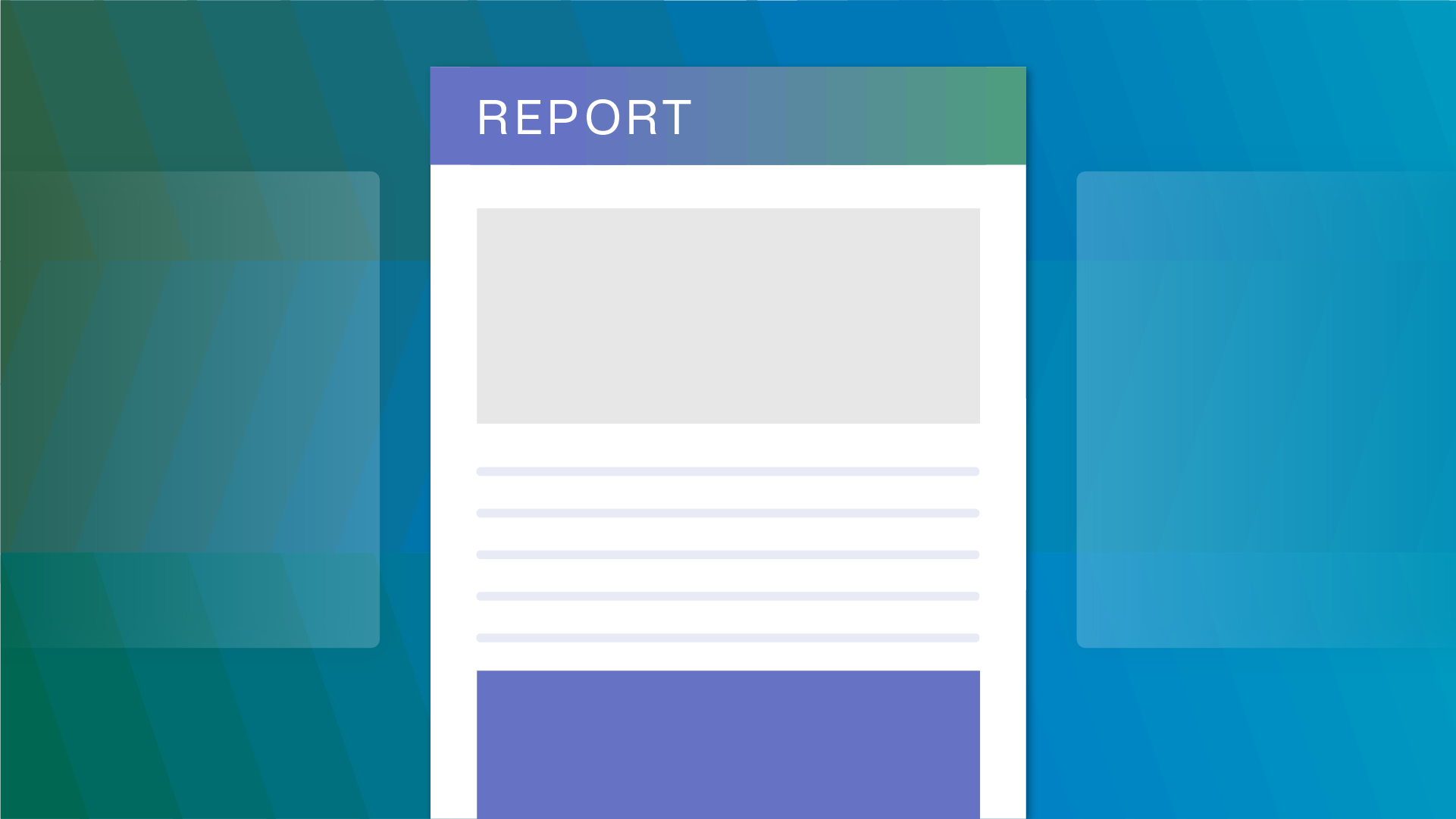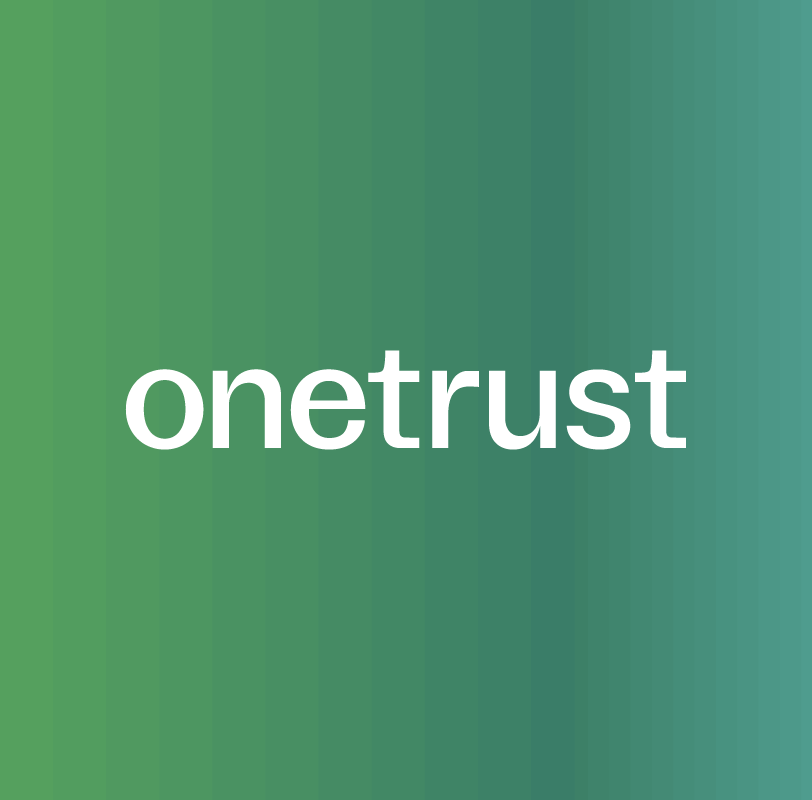AI risk management
AI risk management is the process of identifying, assessing, and mitigating risks throughout the lifecycle of artificial intelligence systems to ensure safe and compliant use.
What is AI risk management?
AI risk management is a structured framework used to evaluate and control potential risks associated with artificial intelligence technologies. It helps organizations identify issues such as bias, privacy breaches, or operational failures that could harm individuals or businesses. By applying consistent governance practices, organizations align AI systems with ethical, technical, and regulatory standards. AI risk management is a foundational element of AI Governance and complements processes like AI DPIA and model risk management.
Why AI risk management matters
AI systems introduce new categories of risk — from data bias and model drift to explainability and accountability challenges. A strong AI risk management framework enables organizations to address these risks before they lead to compliance failures or reputational damage.
Regulators are emphasizing proactive AI risk assessment under laws such as the EU AI Act, which requires documentation, testing, and oversight for high-risk systems. Similar principles appear in ISO/IEC 42001:2023, which provides structured guidance for AI management systems.
Effective AI risk management supports trust, transparency, and resilience, allowing organizations to innovate responsibly while maintaining compliance and protecting stakeholder interests.
How AI risk management is used in practice
- Conducting risk assessments for AI models before deployment to identify potential harms or compliance issues.
- Implementing continuous monitoring to detect performance degradation or bias.
- Aligning risk controls with organizational frameworks for data protection and cybersecurity.
- Documenting risk ownership, mitigation steps, and audit trails for regulators.
- Integrating AI risk processes with enterprise risk and compliance systems.
Related laws & standards
How OneTrust helps with AI risk management
OneTrust helps organizations operationalize AI risk management by enabling:
- Configurable workflows to identify, assess, and document AI risks
- Centralized dashboards to track controls, ownership, and mitigation actions
- Automation to align with the EU AI Act and global risk management frameworks
- Collaboration tools for privacy, security, and engineering teams
- Evidence management to support audits and demonstrate accountability
With OneTrust, teams can proactively manage AI risks, ensure compliance readiness, and maintain trust in their AI systems across the full lifecycle.
[Explore Solutions →]
FAQs about AI risk management
AI governance defines the policies and structures for responsible AI, while AI risk management focuses on the practical assessment and mitigation of specific AI-related risks.
Ownership typically includes risk, compliance, and data science teams, supported by privacy, legal, and engineering stakeholders under a unified AI governance program.
It ensures organizations identify, document, and mitigate risks related to high-risk AI systems, aligning with the EU AI Act’s risk management and monitoring requirements.




